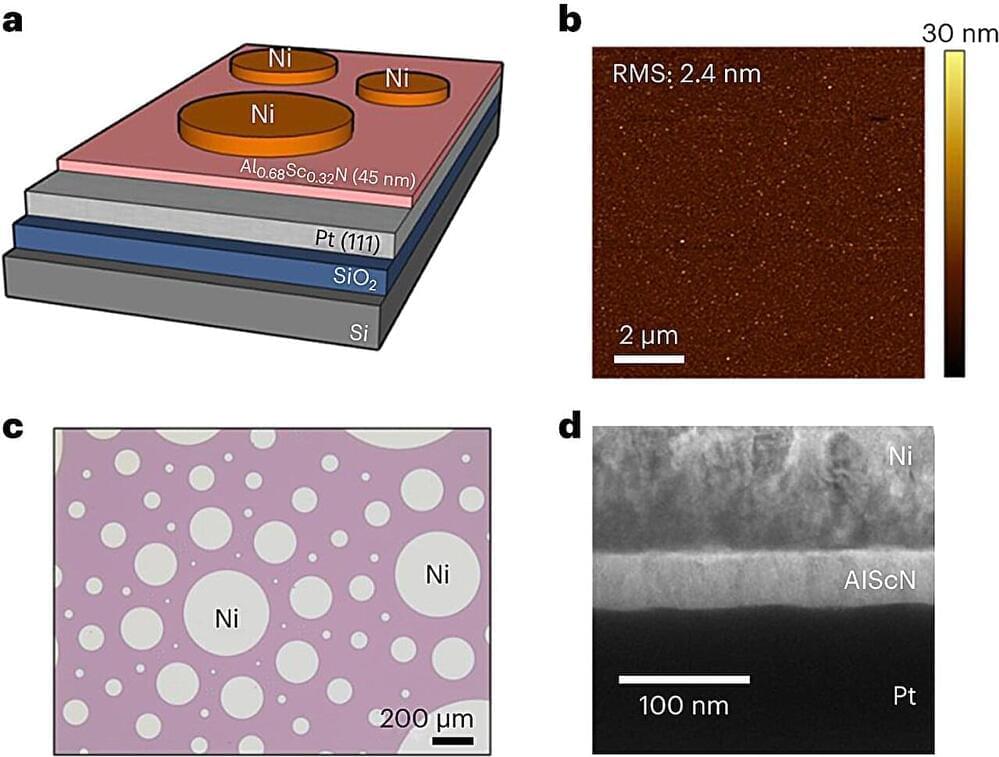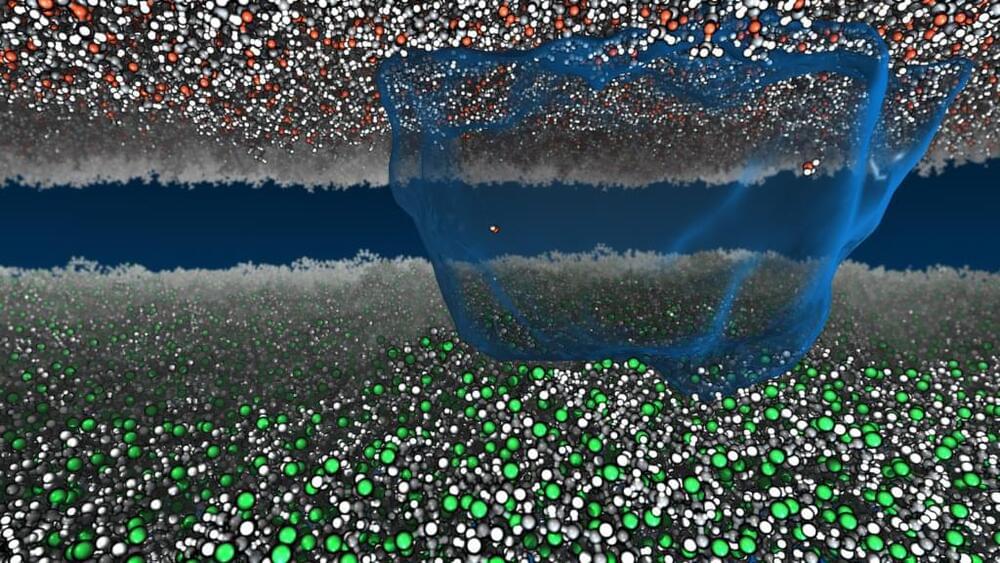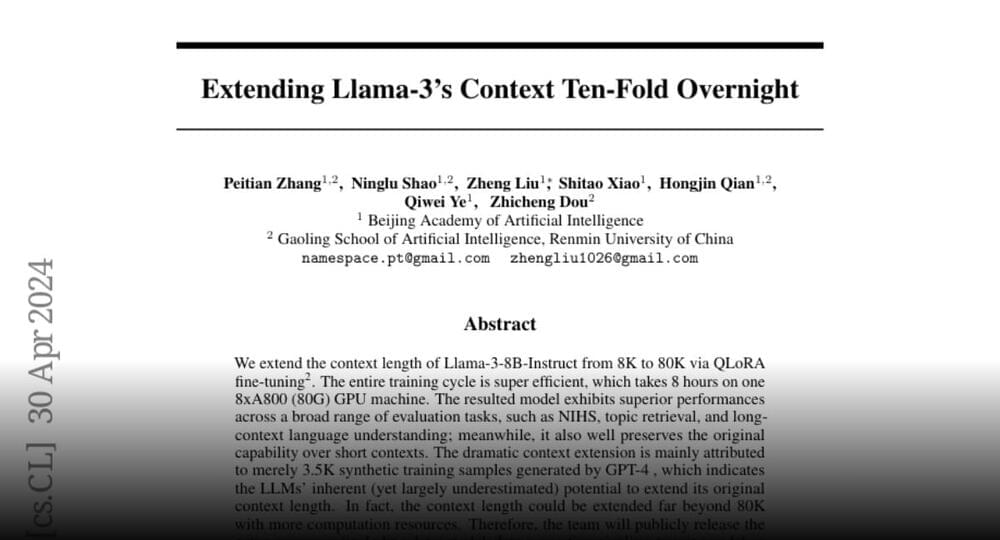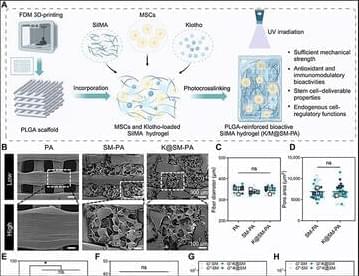California has hit record-breaking milestones in renewable electricity generation, showing that wind, water and solar are ready to cover our electricity needs.
Something spectacular is happening in the Golden State. California—the fifth-largest economy in the world—has experienced a record-breaking string of days in which the combined generation of wind, geothermal, hydroelectric and solar electricity has exceeded demand on the main electricity grid for anywhere from 15 minutes to 9.25 hours per day. These clean, renewable electricity sources are collectively known as wind-water-solar (WWS) sources.








